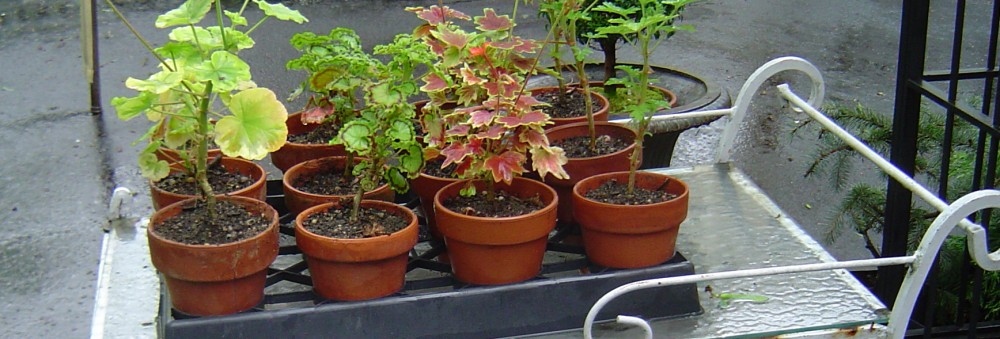This week, I’m beginning in earnest to stay on track with the gardening to-do list. Like in everything else, January offers a chance to start anew – eating healthy, working out, sleeping better are arguably on everybody’s list. As they should be. I don’t actually put those on my resolutions – they are simply a mainstay in my life. I try my best because they’re so important. Some days I’m more successful than others. C’est la vie.
Staying on target with time sensitive stuff is what I find more difficult. I begin with sincere intent but life invariably gets in the way and before I know it, I’m dangerously close to missing a deadline or I’ve missed the window to get a task done or I need to hustle madly. I know I’m not alone when this happens but that is hardly any comfort. But, over time, I’ve learned a few things to minimize such situations. The most important one is to be super-organized. I’m often asked how I do that so I thought I’d explain.
Every January 2nd, I sit with paper (used sheets typed on one side and ready to be discarded are perfect as I can write on the reverse side), pen, new calendar (can be a hard copy or digital). Note: I find it very satisfying to actually write rather than type my lists into the computer. Physical writing helps me slow down and stay present. An Excel Spreadsheet might work better for you.
Each sheet of paper is assigned one topic – Home, Personal, Garden, Family, Art, Writing, Website, Business etc.. Then, under each go in all the items that need doing. In the interest of this column, lets consider ‘Garden’.
I already have digital master lists for each season.’s chores These are standard chores that simply get plugged into appropriate dates/days/months. I take into account already scheduled to-do items in other areas so there isn’t a clash of jobs or too much to do on any given day. Flexibility is also important.
For instance, spraying the fruit trees is not only time sensitive but temperature dependent as well because the organic treatments demand it. So, a specific week for this task is first assigned. Then, depending on the weather forecast for possible rain, wind conditions and/or temperature dips or spikes, a day is selected. Alternative days are also penciled in just in case either the forecast was inaccurate or something unexpected comes up. And on the day of spraying, stuff like window cleaning won’t be assigned. Windows get cleaned only after!
You see? I helps to have an overall understanding of what happens when.
I assign practically every single task. During the week, which days I’ll be weeding – shorter sessions done every other day work better for me as opposed to long hours of weeding. Reminders of when to feed plants in pots, hang up hummingbird feeders, prune different shrubs/trees, deadhead spent blooms, which seeds get started when, everything is marked down. Friday is my ‘overflow’ day – where stuff I couldn’t get around to on the assigned day in the week get addressed. It truly helps me stay on schedule.
Having already listed and sourced plants I need to purchase, I schedule the ordering online or checking with my local nursery for availability and reserving my selections in advance. What is required for each task is checked/cleaned and kept ready. For instance, in the case of starting seeds indoors, I make sure I have cleaned the seed trays, growing medium available, mister, labels, markers etc., are all on hand.
I consider costs of plants, new replacement tools, repairs or other purchases and work it into my budget – this is crucial because as we’re all too aware, we gardeners can lose all commonsense in our bid to acquire things for the garden.
Similar,ly how long big tasks will take are estimated and accommodated. The goal is to avoid unwelcome surprises, preventable delays and unrealistic expectations. Holidays and vacation plans must be factored!There’s enough in the course of gardening over which one has absolutely no control so, lets take charge of everything else that we can.
If you’re thinking all of this is too tedious or too much effort, it is absolutely not! This is the time when your dreams are all possible. You are the gardener you aspire to be, the weather is always perfect, all the plants grow and bloom as you wish and the garden is its most spectacular best. Indulge yourself in some joyous planning and prepping.
Now, lets get started.
Note: Since we’re in the planning and getting ready stage of the gardening season and the garden itself is under snow, I’m sharing a few of my garden related watercolors –















(c) 2024 Shobha Vanchiswar
[do_widget “Blog Subscriptions (Jetpack)”]






























































